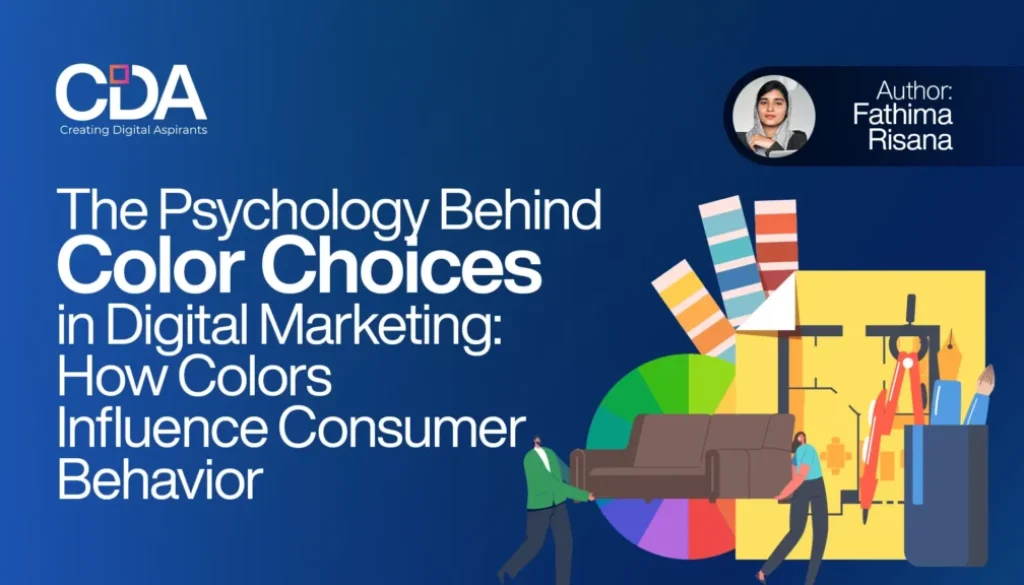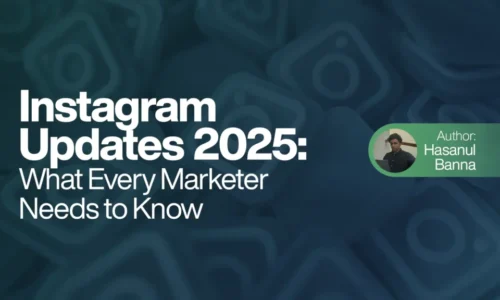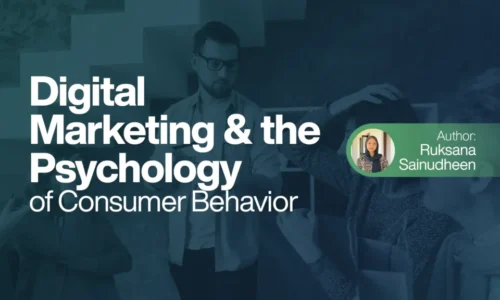The Psychology Behind Color Choices in Digital Marketing: How Colors Influence Consumer Behavior
Have you ever wondered why some brands use certain colors in their logos and marketing materials? It’s not just about aesthetics; colors play a powerful role in influencing how we perceive and interact with brands. Let’s delve into the fascinating world of color psychology and its impact on consumer behavior:
Table of Contents
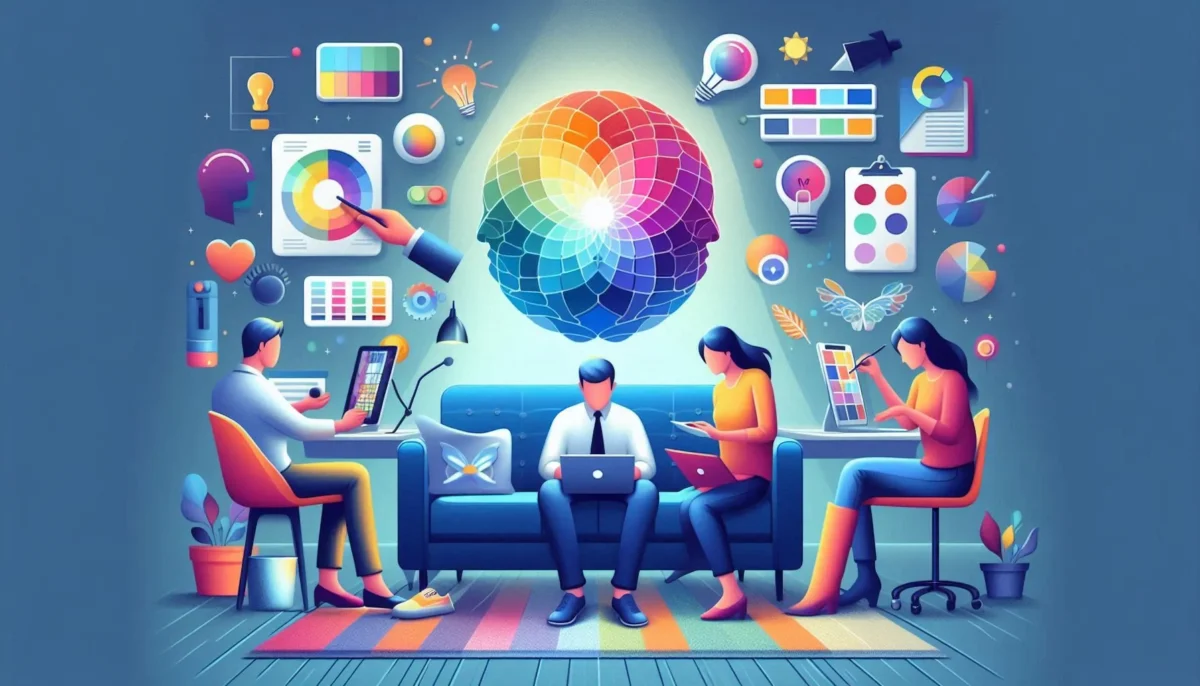
Red: Passion, Energy, and Urgency
Red grabs attention and evokes strong emotions like passion and excitement. It’s often used to create a sense of urgency (think sale banners) and can stimulate appetite (popular in food industry ads).
Blue: Trust, Dependability, and Serenity
Blue is associated with trustworthiness, reliability, and calmness. Many tech companies use blue to convey security and professionalism (think Facebook and IBM).
Green: Growth, Health, and Sustainability
Green symbolizes nature, growth, and freshness. It’s commonly used in brands promoting health, organic products, and environmental sustainability (like Whole Foods and Starbucks).
Yellow: Optimism, Clarity, and Warmth
Yellow is cheerful, optimistic, and attention-grabbing. It’s often used to convey happiness and warmth, making it effective in promoting children’s products and leisure activities.
Orange: Creativity, Enthusiasm, and Adventure
Orange is energetic, vibrant, and playful. It’s used to create a sense of excitement and adventure, making it popular in promoting entertainment and youth-oriented brands.
Purple: Luxury, Wisdom, and Imagination
Purple is often linked to opulence, sophistication, and imaginative thinking. It’s often used in beauty and anti-ageing products to evoke a sense of sophistication and imagination.
Black: Sophistication, Power, and Elegance
Black signifies sophistication, power, and authority. Luxury brands often use black to convey exclusivity and elegance (like Chanel and Rolex).
White: Simplicity, Purity, and Cleanliness
White represents simplicity, purity, and cleanliness. It’s commonly used in healthcare, hygiene products, and minimalist brands to convey a sense of safety and clarity.
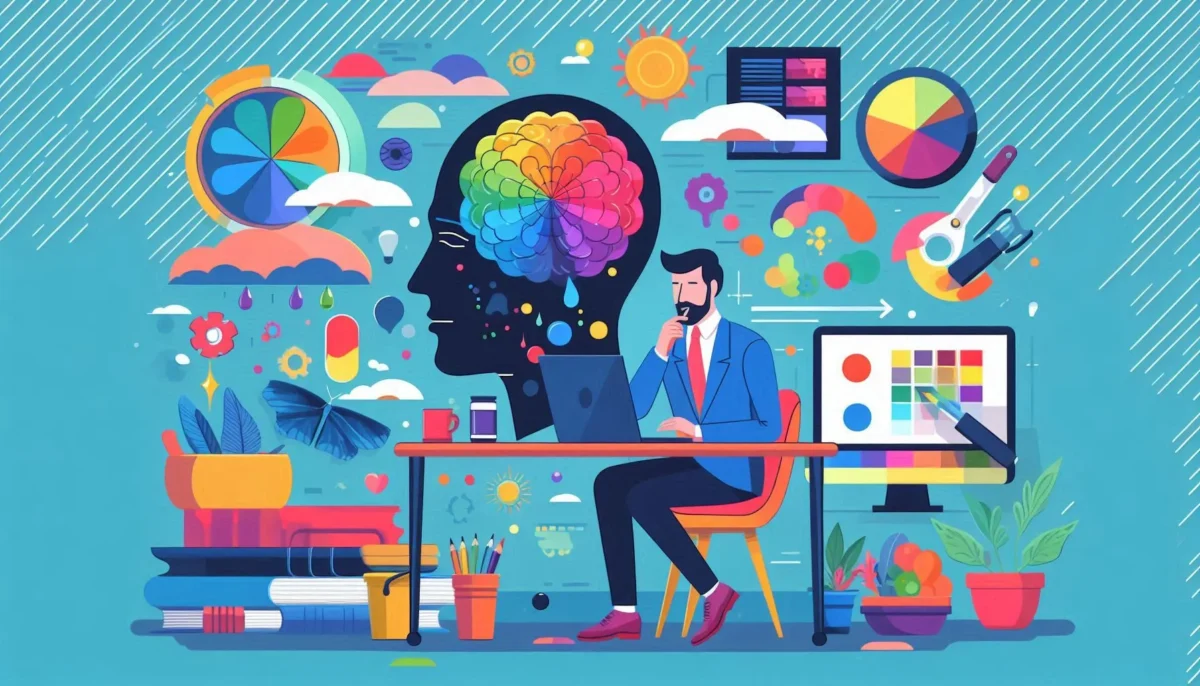
Applying Color Psychology in Your Digital Marketing Strategy:
Understanding color psychology can help you make strategic decisions in your branding and marketing efforts. Consider your target audience and the emotions you want to evoke when choosing colors for your website, logo, and promotional materials.
Conclusion
Color is more than just a visual element; it’s a powerful tool for influencing consumer behaviour and perception. By harnessing the principles of color psychology, you can create a cohesive and compelling brand identity that resonates with your audience on a deeper level.
Next time you design a marketing campaign or update your brand’s visual identity, think about the colors you choose and the emotions they evoke. They just might be the key to connecting with your customers in a meaningful way.
This blog post aims to explain the influence of color psychology in digital marketing in a relatable and understandable manner, emphasizing its practical application for businesses looking to enhance their brand perception and engagement.
Author Info
Fathima Risana a Digital Marketing Expert in Calicut
Learner of CDA Digital Marketing Course in Kerala
